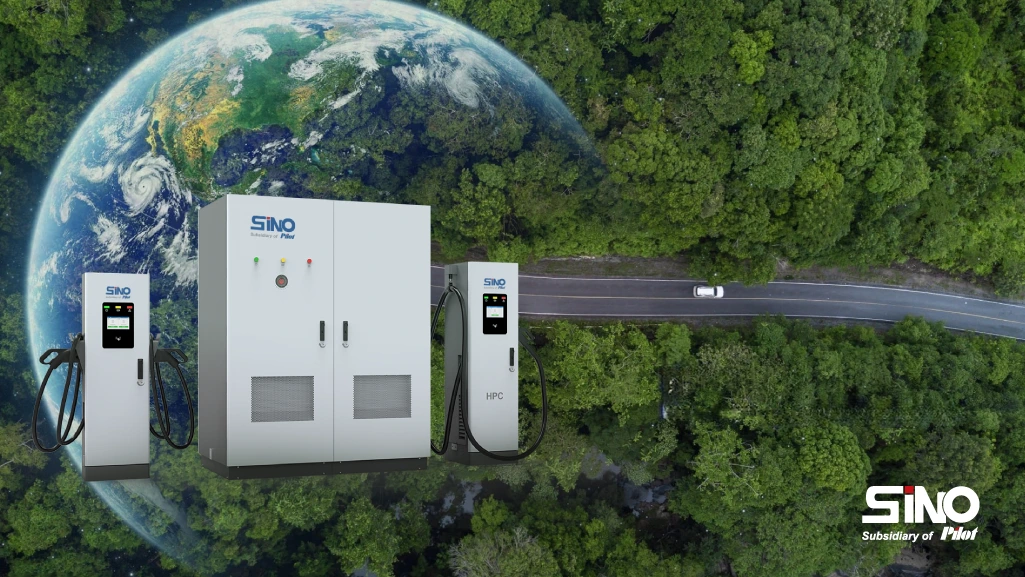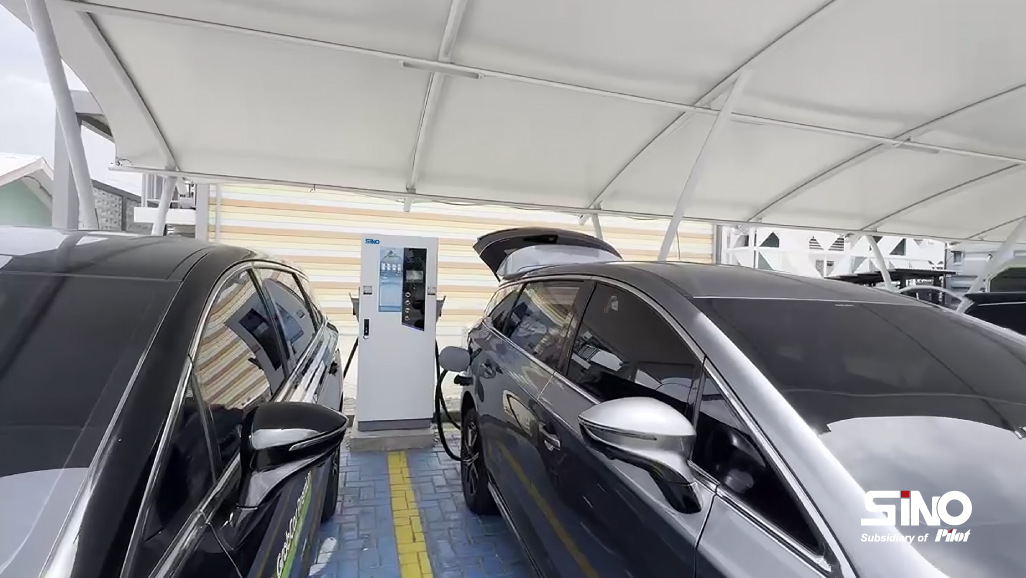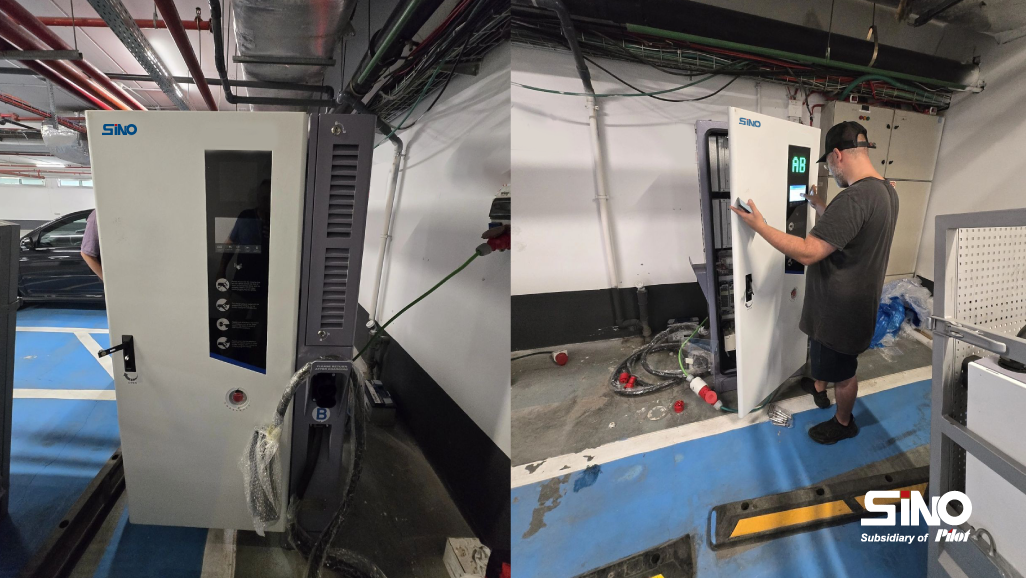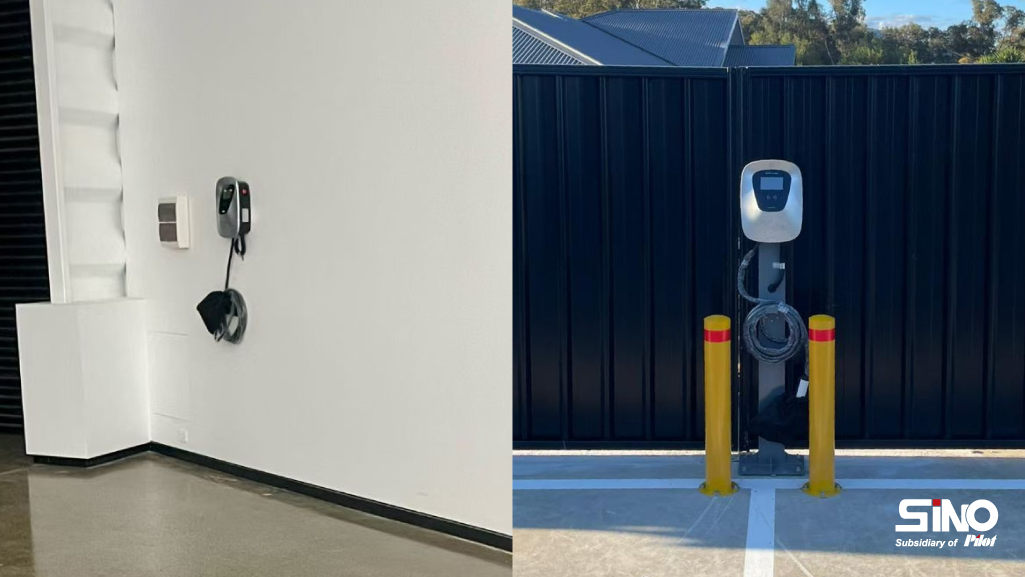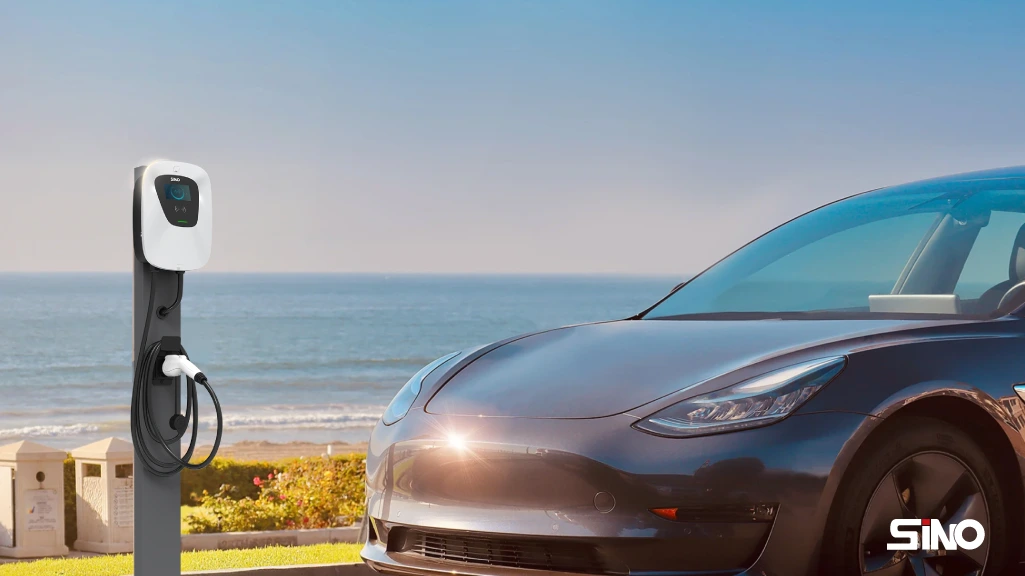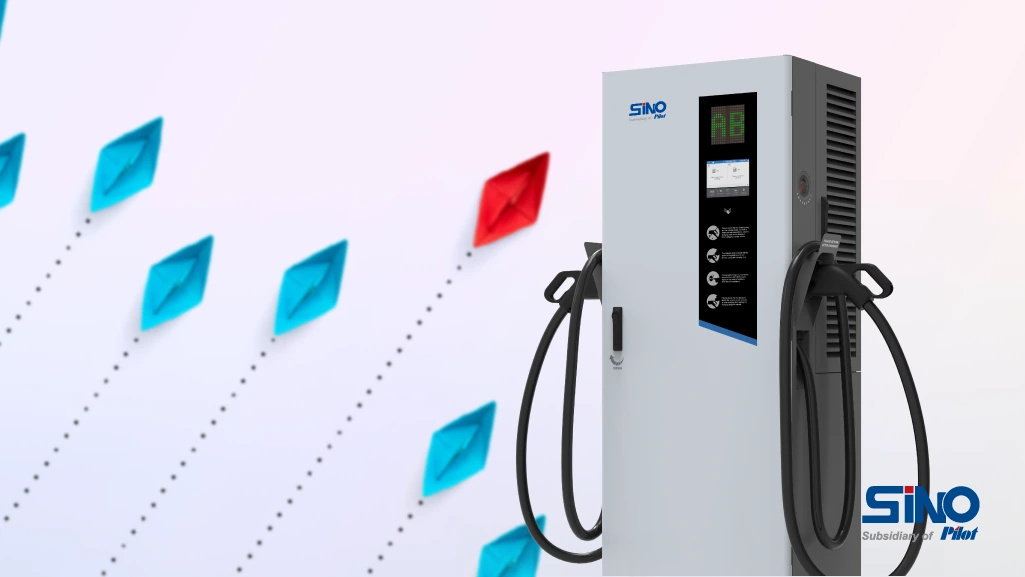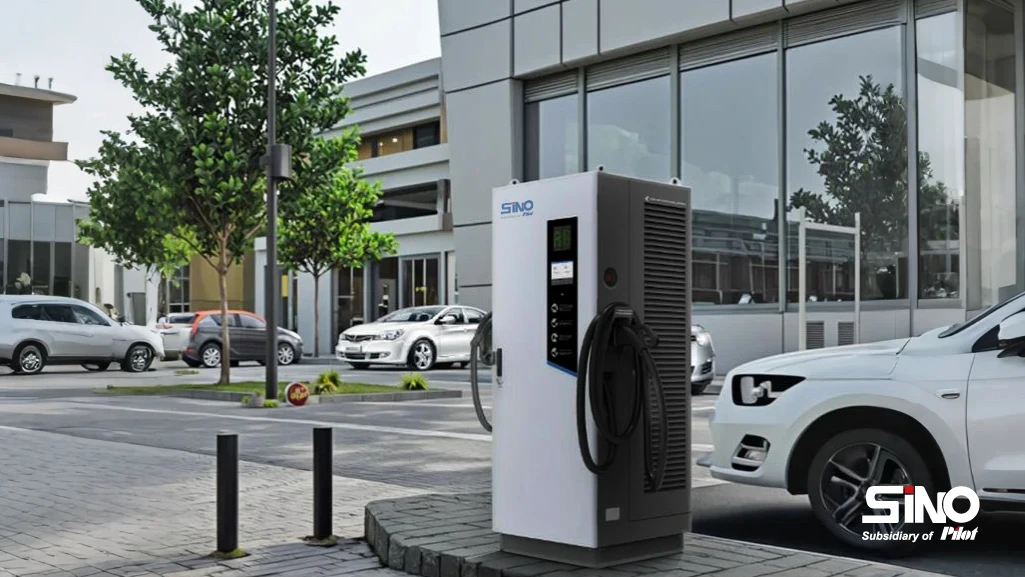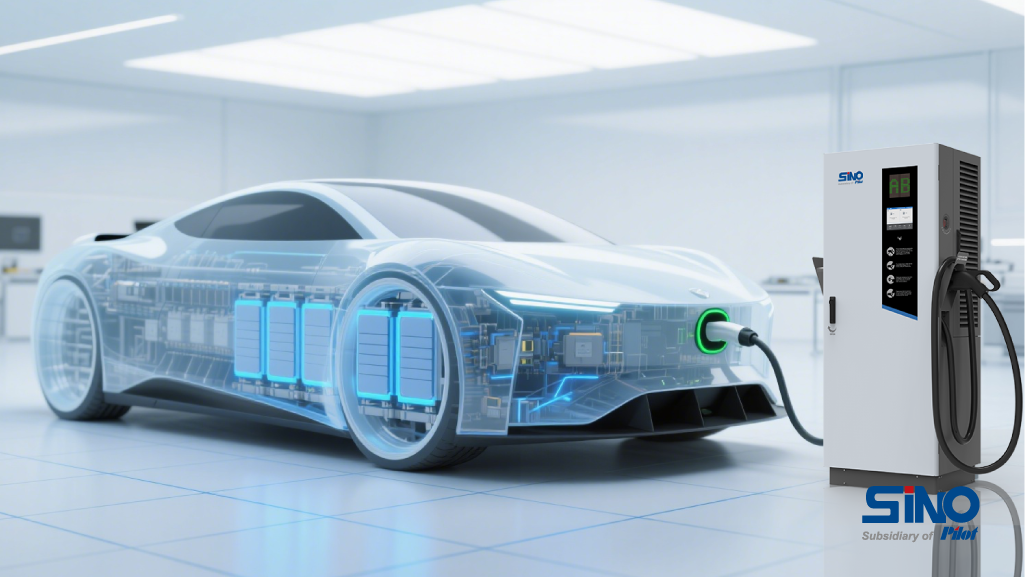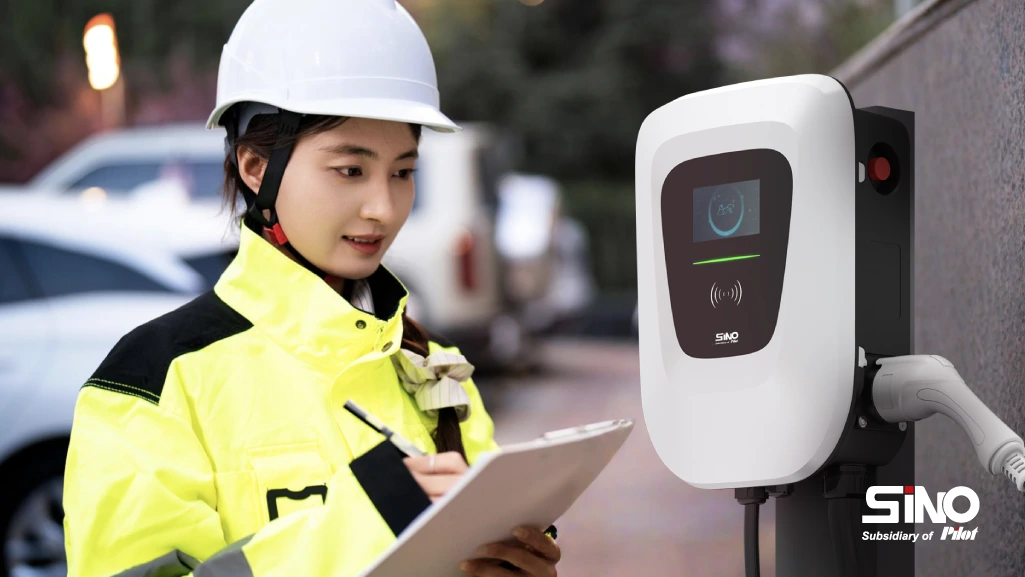Introduction
As electric vehicles (EVs) continue to gain popularity, one major concern for drivers is how to charge their cars during long-distance travel. Fortunately, highway charging infrastructure has improved dramatically in recent years. In this blog, we’ll explore essential tips and tricks for using EV charging stations on highways, ensuring your next road trip is smooth, efficient, and stress-free.
Why Highway Charging Is Crucial for EV Adoption
Unlike city driving, long highway trips require more planning and range awareness. Without a reliable network of fast charging stations along major highways, EV drivers might experience range anxiety, one of the top reasons some consumers hesitate to switch to electric. Highway charging:
- Extends travel range significantly.
- Supports the growing number of EV users.
- Encourages EV adoption in rural and suburban areas.
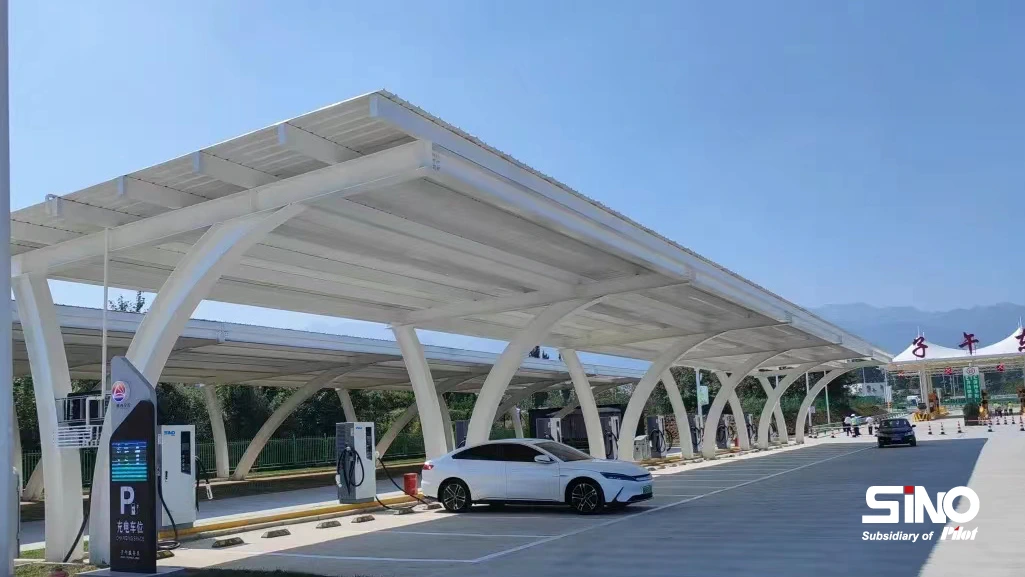
Types of Highway Charging Stations
On highways, you’ll mainly encounter DC fast chargers rather than AC Level 2 chargers, because drivers need quick turnaround times. Here’s a quick breakdown:
- Level 2 Chargers (AC): 7kW-22kW, good for overnight charging or stops longer than 4 hours.
- DC Fast Chargers (Level 3): 50kW to 350kW, ideal for quick 15-45 minute stops.
- Ultra-Fast Chargers: >150kW, suited for next-generation EVs with high voltage systems (e.g. 800V).
Tip: Always check compatibility (CCS2, CHAdeMO, NACS) before hitting the road.
How to Plan Highway EV Charging Trips
Planning ahead makes a huge difference on the road. Use navigation and EV route planning tools like:
A Better Route Planner (ABRP)
PlugShare
Google Maps (EV filter enabled)
Tesla Supercharger Network (for Tesla drivers)
Consider:
Battery range and charging curve
Charger availability and downtime
Amenities at charging stops (toilets, food, Wi-Fi)
Pro Tip: Avoid waiting in line by charging at less busy times, early morning or late night.
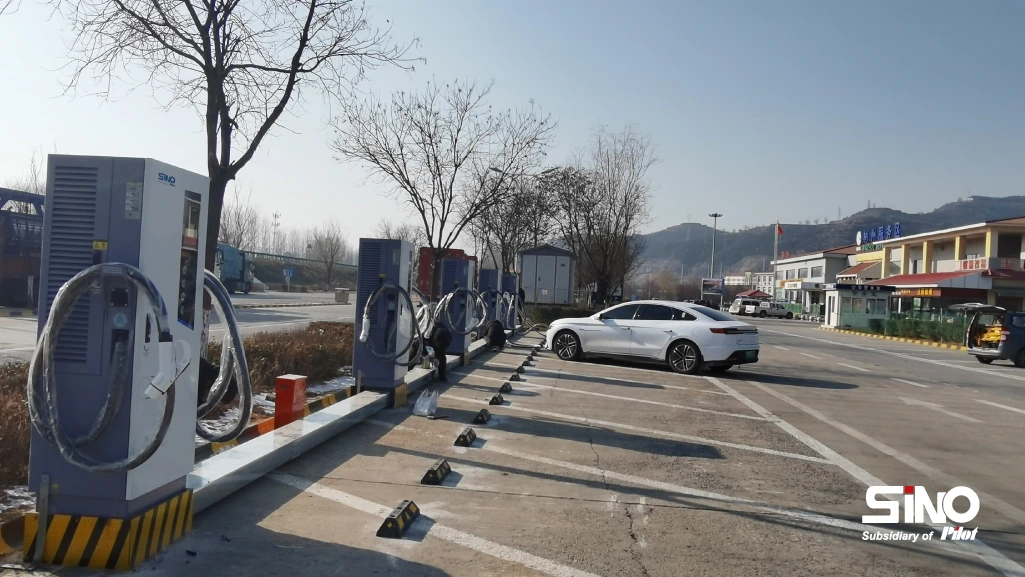
Top Tips for Using Highway EV Chargers Efficiently
Precondition Your Battery
Some EVs allow battery preheating before fast charging. This improves charge speed and efficiency.
Don’t Always Charge to 100%
Charging slows dramatically after 80%. To save time, it’s often better to do multiple 20-80% stops.
Monitor Charging Speed
Not all “fast” chargers deliver the same output. Always check live data (some apps show real-time kW output).
Use Charging Apps with Live Status
Avoid broken or occupied chargers by checking live updates on apps like PlugShare or ChargePoint.
Have a Backup Charger Location
Sometimes, stations are out of service. Know your alternatives along the route.
Common Mistakes to Avoid
Not checking connector type beforehand
Different EVs support different plugs (CCS2, CHAdeMO, NACS). Know what your EV supports.
Relying on a single station
Always plan a backup in case your primary charging point is offline or full.
Overestimating range
Factors like speed, elevation, weather, and air conditioning impact your real-world range.
Forgetting to bring a charging card or app
Some stations require RFID cards or specific apps to start charging.
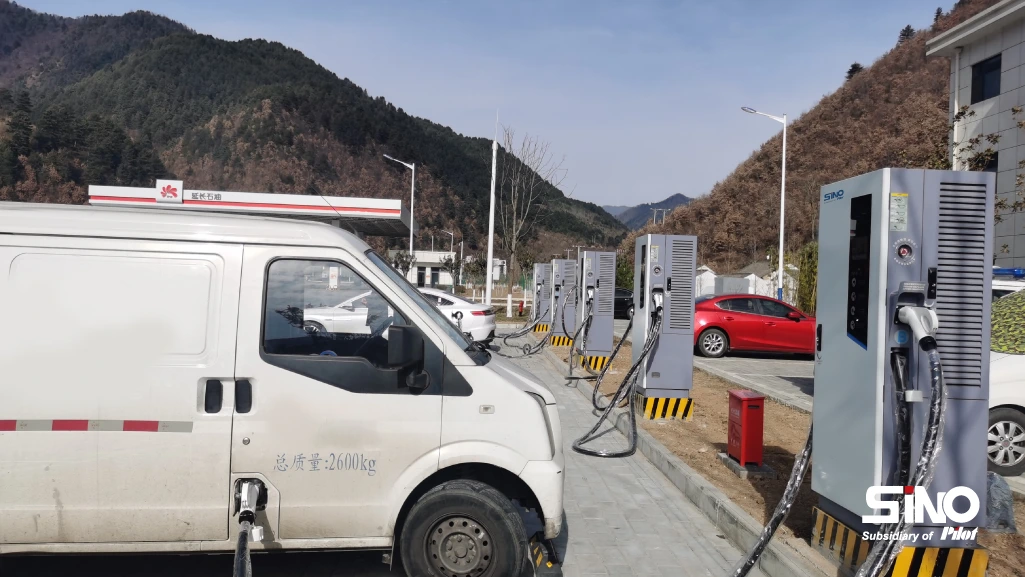
Future of Highway EV Charging Infrastructure
Governments and private sectors worldwide are investing heavily in highway EV charging. In the US, the NEVI program will roll out chargers every 50 miles on major routes. Europe’s TEN-T corridor aims for widespread ultra-fast charger coverage.
Emerging trends include:
Solar-powered chargers
Battery-buffered charging stations
Smart grid integration
Robot arms or automatic plug-in tech
The highway of the future will make charging as easy as filling a tank of gas, only cleaner and smarter.
Conclusion
Charging your EV on highways no longer needs to be a source of stress. With proper planning, smart charging habits, and a growing infrastructure, long-distance travel in electric vehicles is becoming more accessible than ever. As technology advances, expect even shorter charging times and broader coverage.



